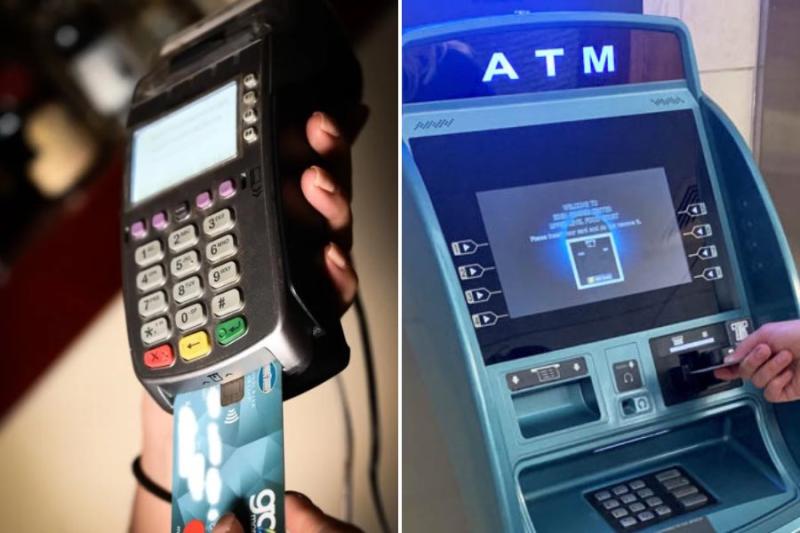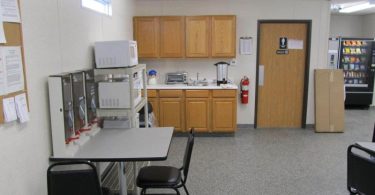POS is used for retail and restaurant sales transactions, while ATMs allow customers to access their bank accounts and perform transactions. POS systems include features like inventory management, while ATMs enable customers to withdraw cash, deposit money, transfer funds, and pay bills.
What is POS?
In computing and technology, POS stands for “Point of Sale”. A Point of Sale system is a combination of hardware and software that is used by businesses to complete sales transactions. Typically, a POS system includes a cash register, barcode scanner, receipt printer, and a computer system running software that manages the sale transaction, inventory, and other business functions. The primary purpose of a POS system is to streamline the sales process, reduce human error, and provide accurate records of sales, inventory, and financial information. POS systems are commonly used in retail stores, restaurants, and other businesses that handle sales transactions.
A POS system can significantly benefit a business by improving operational efficiency, reducing errors, and providing valuable insights into business performance. Various POS systems are available today, ranging from simple, low-cost systems suitable for small businesses to more advanced techniques capable of handling large volumes of transactions and sophisticated business processes. In addition to processing sales transactions, POS systems often include features such as inventory management, customer management, employee management, and reporting tools that provide insights into sales trends and business performance.
What is an ATM?
An ATM stands for “Automated Teller Machine”. It is an electronic device that allows bank customers to access their accounts and perform various banking transactions without human interaction. Typically, an ATM is a freestanding kiosk connected to a network of banking systems. Customers can insert their bank or credit card into the ATM, enter their PIN (Personal Identification Number), and then access a range of services such as withdrawing cash, depositing money, checking account balances, transferring funds between accounts, and paying bills.
ATMs are available 24 hours a day, seven days a week, in various locations such as banks, shopping centres, airports, and convenience stores. They are highly convenient for customers who need to perform banking transactions outside of regular banking hours or who cannot visit a physical bank branch. Overall, ATMs have revolutionized the banking industry by giving customers easy access to their accounts and allowing banks to offer a broader range of services without needing physical bank branches.
Difference Between POS and ATM
POS systems and ATMs have revolutionized the banking industry by giving customers easy access to banking services and allowing banks to offer a broader range of services without needing physical bank branches. POS (Point of Sale) and ATM (Automated Teller Machine) are electronic devices used in banking and commerce. POS is a system used to complete sales transactions, while an ATM is a machine that allows bank customers to access their accounts and perform various transactions. POS systems are commonly used in retail stores, restaurants, and other businesses that handle sales transactions. They include features such as inventory management, customer management, employee management, and reporting tools. ATMs are freestanding kiosks that enable customers to withdraw cash, deposit money, transfer funds, check balances, and pay bills. ATMs are available 24/7 and are located in various locations.






